US
IMPORTANT SAFETY INSTRUCTIONS
Read this first
Operation flow
Table of contents
Getting started
Step 1: Charging the battery pack
Charging the battery pack abroad
Step 2: Turning the power on, and setting the date and time
Changing the language setting
Recording
Recording
Recording and playing movies and photos easily (Easy Handycam operation)
Playback
Playback on the camcorder
Playing images on a TV
Saving movies and photos with a computer
Preparing a computer (Windows)
When using a Macintosh
Selecting the method for creating a disc (computer)
Creating a disc with one touch (One Touch Disc Burn)
Importing movies and photos to a computer (Easy PC Back-up)
Changing the destination drive or folder for movies and photos
Starting PMB (Picture Motion Browser)
Creating a high definition image quality (HD) disc
Playing a high definition image quality (HD) disc on a computer
Creating a Blu-ray disc
Creating a standard definition image quality (SD) disc that can be played on ordinary DVD players
Copying a disc
Editing movies
Capturing photos from a movie
Saving images with a DVD writer, recorder
Selecting the method for creating a disc (DVD writer/recorder)
Creating a high definition image quality (HD) disc with a DVD writer, etc. (USB cable connection)
Creating a standard definition image quality (SD) disc with a recorder, etc. (A/V connecting cable connection)
Making good use of your camcorder
Deleting movies and photos
Changing the recording media
To check the recording media settings
Dubbing or copying movies and photos from the internal memory to “Memory Stick PRO Duo” media
Customizing your camcorder with menus
Using the HELP function
Getting detailed information from the “Handycam Handbook”
Additional information
Troubleshooting
Precautions
Specifications
Screen indicators
Parts and controls
Index
ES
Lea este apartado en primer lugar
Flujo de funcionamiento
Índice
Procedimientos iniciales
Paso 1: Carga de la batería
Carga de la batería en el extranjero
Paso 2: Encendido y ajuste de la fecha y la hora
Cambio del ajuste de idioma
Grabación
Grabación
Grabación y reproducción de películas y fotografías con facilidad (funcionamiento en modo Easy Handycam)
Reproducción
Reproducción en la videocámara
Reproducción de imágenes en un televisor
Almacenamiento de películas y fotografías con una computadora
Preparación de la computadora (Windows)
Si se utiliza una computadora Macintosh
Selección del método de creación de un disco (computadora)
Creación de un disco con un solo toque (One Touch Disc Burn)
Importación de películas y fotografías a una computadora (Easy PC Back-up)
Modificación de la unidad o la carpeta de destino de películas y fotografías
Inicio de PMB (PictureMotion Browser)
Creación de un disco con calidad de imagen de alta definición (HD)
Reproducción de un disco con calidad de imagen de alta definición (HD) en una computadora
Creación de un disco Blu-ray disc
Creación de un disco con calidad de imagen de definición estándar (SD) que se pueda reproducir en reproductores de DVD normales
Copia de un disco
Edición de películas
Captura de fotografías de una película
Almacenamiento de imágenes con una grabadora de DVD
Selección del método de creación de un disco (grabadora de DVD)
Creación de un disco con calidad de imagen de alta definición (HD) con una grabadora de DVD, etc. (conexión del cable USB)
Creación de un disco con calidad de imagen de definición estándar (SD) con una grabadora, etc. (conexión del cable de A/V)
Utilización óptima de la videocámara
Eliminación de películas y fotografías
Cambio del soporte de grabación
Para comprobar los ajustes del soporte de grabación
Copia de películas y fotografías de la memoria interna en un “Memory Stick PRO Duo”
Personalización de la videocámara a través de los menús
Uso de la función HELP
Obtención de información detallada de la “Guía práctica de Handycam”
Información complementaria
Solución de problemas
Precauciones
Especificaciones
Indicadores de la pantalla
Piezas y mandos
Índice
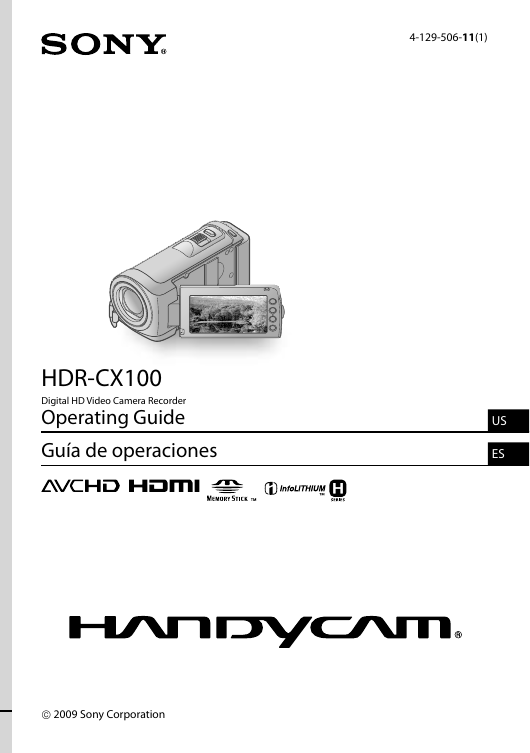
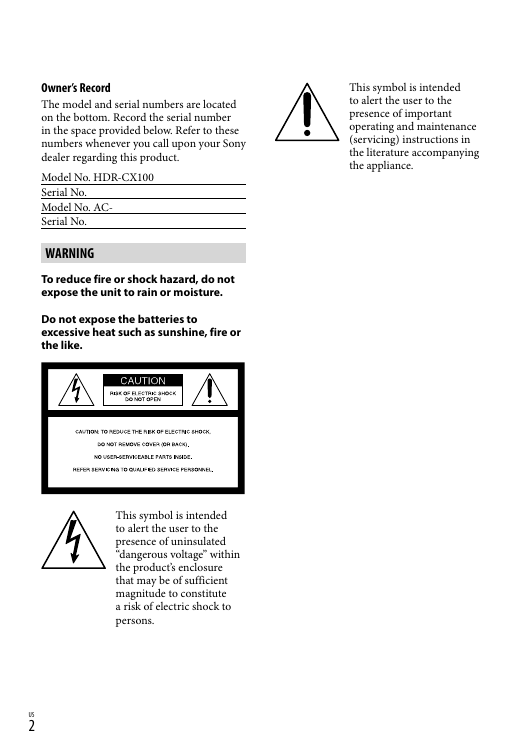

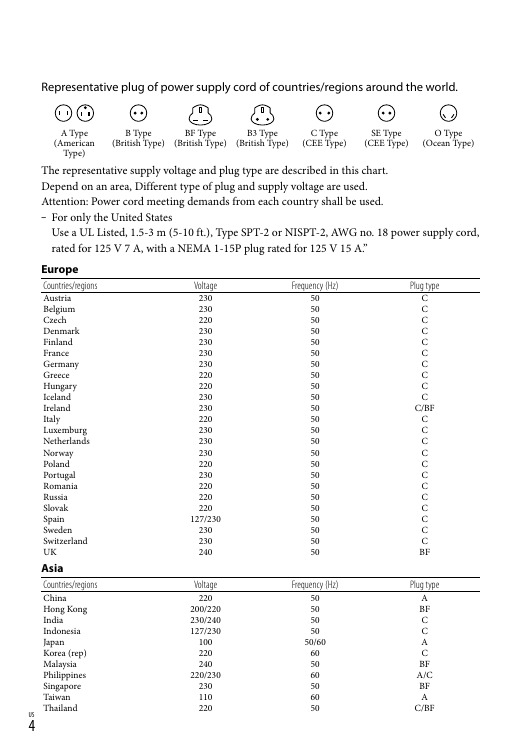
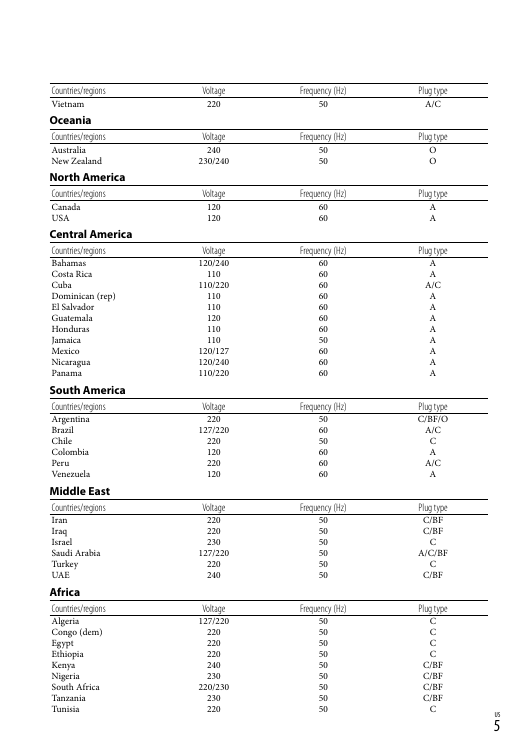
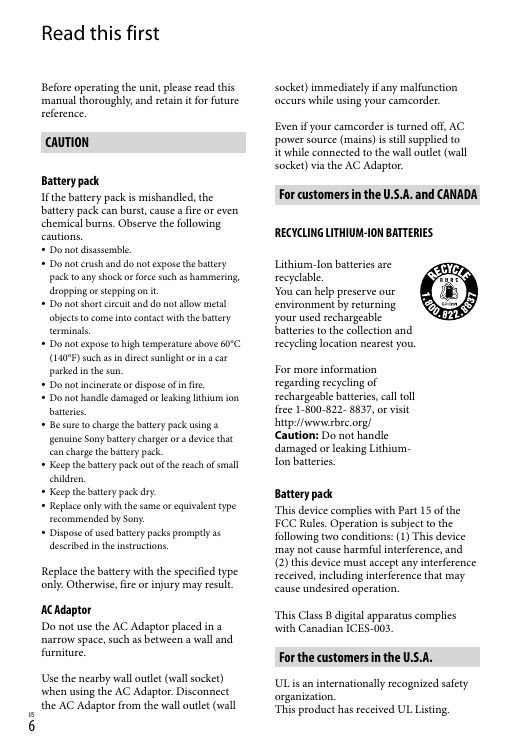
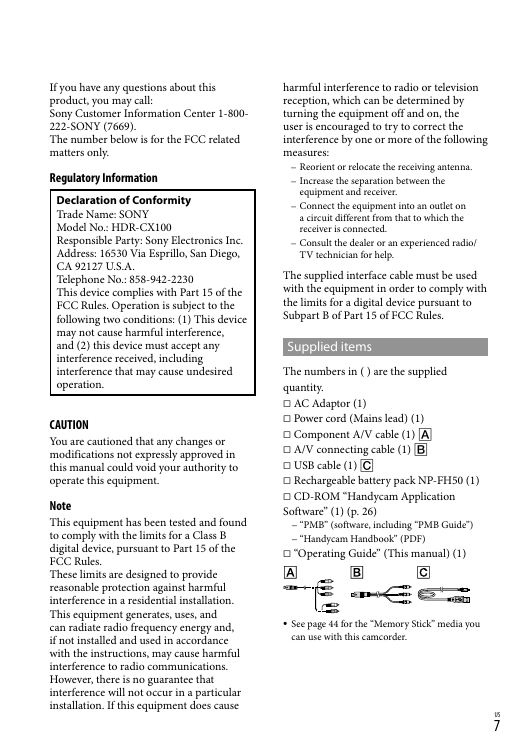
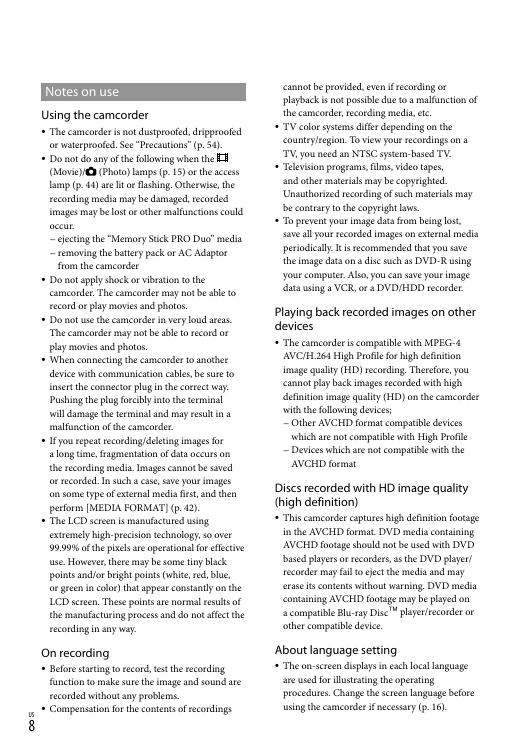








 2023年江西萍乡中考道德与法治真题及答案.doc
2023年江西萍乡中考道德与法治真题及答案.doc 2012年重庆南川中考生物真题及答案.doc
2012年重庆南川中考生物真题及答案.doc 2013年江西师范大学地理学综合及文艺理论基础考研真题.doc
2013年江西师范大学地理学综合及文艺理论基础考研真题.doc 2020年四川甘孜小升初语文真题及答案I卷.doc
2020年四川甘孜小升初语文真题及答案I卷.doc 2020年注册岩土工程师专业基础考试真题及答案.doc
2020年注册岩土工程师专业基础考试真题及答案.doc 2023-2024学年福建省厦门市九年级上学期数学月考试题及答案.doc
2023-2024学年福建省厦门市九年级上学期数学月考试题及答案.doc 2021-2022学年辽宁省沈阳市大东区九年级上学期语文期末试题及答案.doc
2021-2022学年辽宁省沈阳市大东区九年级上学期语文期末试题及答案.doc 2022-2023学年北京东城区初三第一学期物理期末试卷及答案.doc
2022-2023学年北京东城区初三第一学期物理期末试卷及答案.doc 2018上半年江西教师资格初中地理学科知识与教学能力真题及答案.doc
2018上半年江西教师资格初中地理学科知识与教学能力真题及答案.doc 2012年河北国家公务员申论考试真题及答案-省级.doc
2012年河北国家公务员申论考试真题及答案-省级.doc 2020-2021学年江苏省扬州市江都区邵樊片九年级上学期数学第一次质量检测试题及答案.doc
2020-2021学年江苏省扬州市江都区邵樊片九年级上学期数学第一次质量检测试题及答案.doc 2022下半年黑龙江教师资格证中学综合素质真题及答案.doc
2022下半年黑龙江教师资格证中学综合素质真题及答案.doc